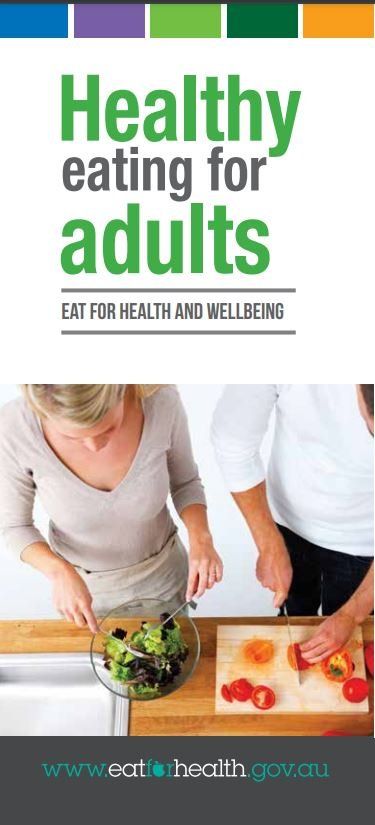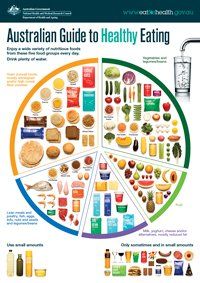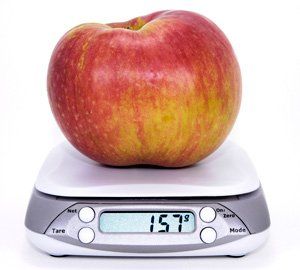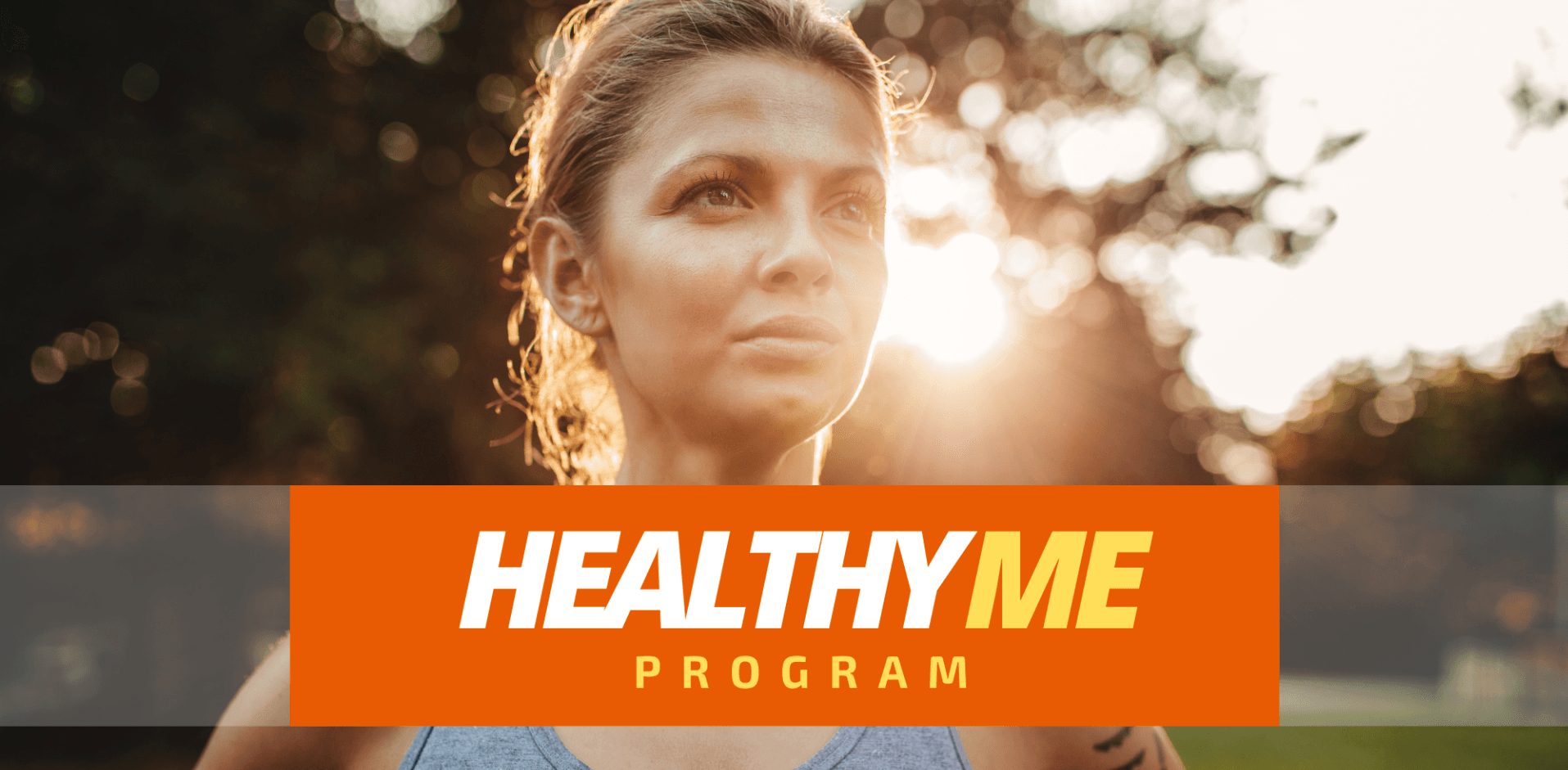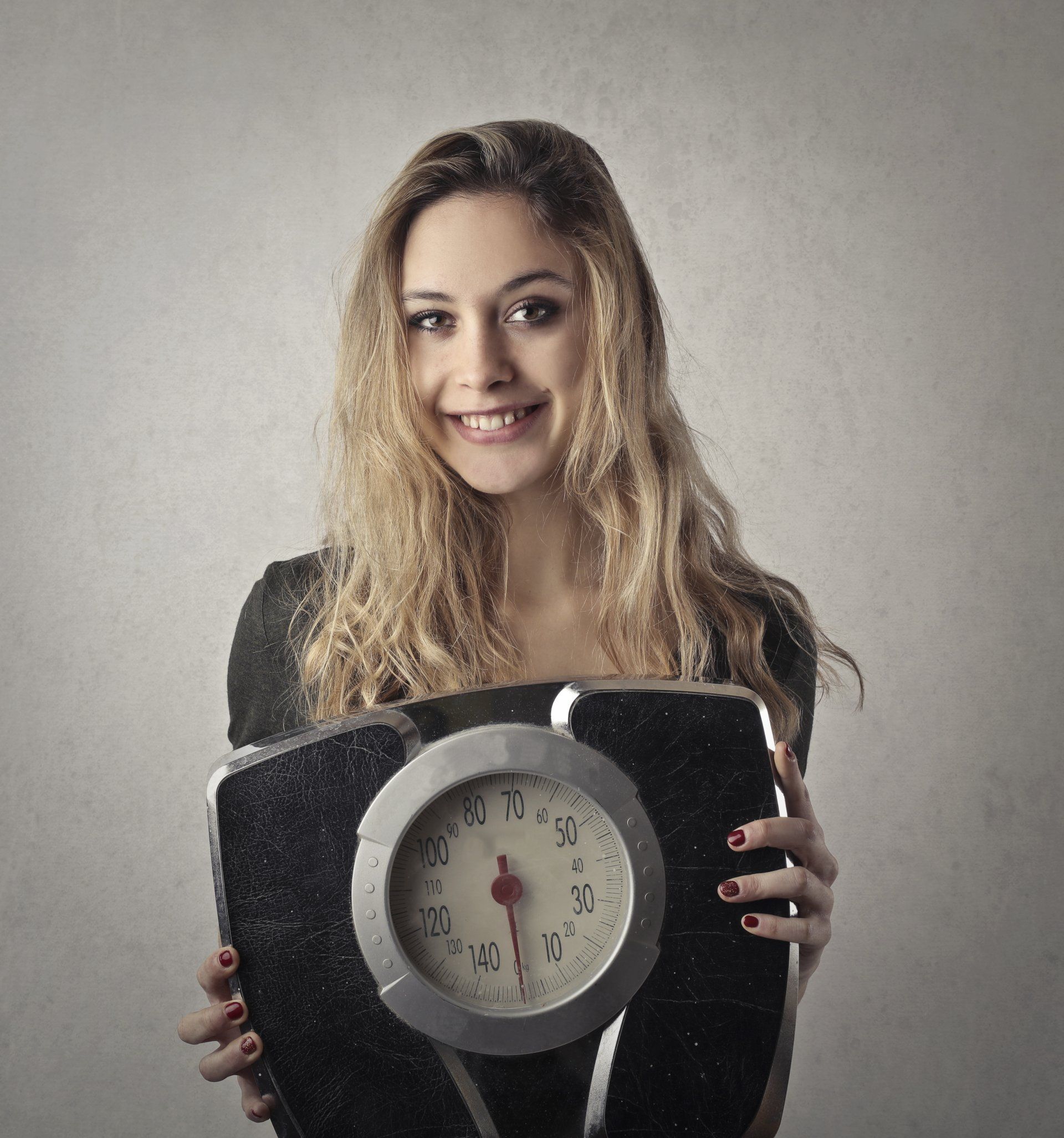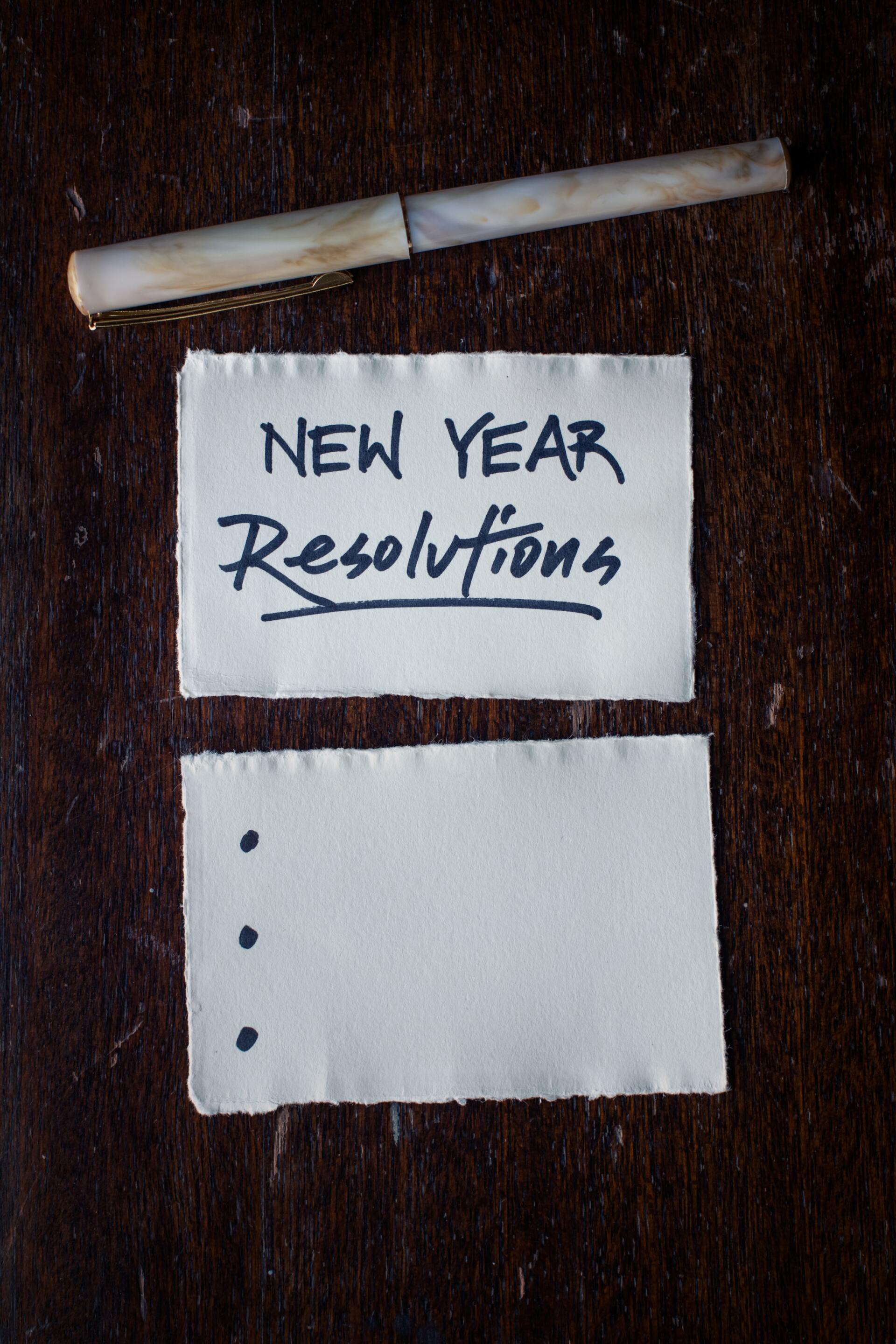At Key To Life we know that good health involves more than just physical exercise.
Good health and a happy life are a combination of Healthy Eating, a Healthy Mind and a Healthy Body
This page is dedicated to providing members with access to resources from organisations who are experts in supporting healthy eating. Our goal is to publish articles which will be of interest to members and by doing so increase their awareness of the support and resources available to them, their family and their friends.
The content on this page will grow with time. Should you have any particular topics you would like included or feel will be of particular benefit to others please let us know.
We encourage members to refer directly to the source website for additional information.
Click the names that follow or see the information at the bottom of the page to go to the websites for Nutrition Australia, Health Direct, Eat for Health, and the Better Health Channel.
We ackowledge and appreciate the invaluable contribution these organisations make to nutritional education and the well-being of all Australians.
OUR NUMBER ONE TIP!
The Australian Dietary Guidelines provide up-to-date advice about the amount and kinds of foods that we need to eat for health and wellbeing.
They are based on scientific evidence and research.
We recommend you download the Healthy Eating for Adults brochure as a comprehensive guide for eating for health and wellbeing
A Balanced Diet
(Source - Health Direct)
The 5 food groups.
The best way to eat for health is to choose a variety of foods from each of the 5 food groups every day:
- vegetables and legumes (beans)
- fruit
- grains and cereals
- lean meat, poultry, fish, eggs, legumes (beans) tofu, nuts, seeds
- milk, cheese, yoghurt or alternatives
Each food group has important nutrients.
The amount of each food you need will vary during your life, depending on factors such as how active you are and whether or not you are growing, pregnant, breastfeeding and more.
Do You Know Your Daily Energy Requirements?
(Source - Eat for Health)
The energy we get from food to fuel our body, is measured in kilojoules.
Fat, carbohydrate and protein all provide energy and are found in foods which also supply vitamins and minerals. Alcohol also provides energy but this is not essential to the body and generally does not provide any vitamins or minerals.
Energy requirements vary with age, gender, body size and activity levels.
Eatforhealth.gov.au provides an
Energy Requirements Calculator
which estimates your daily energy requirements for good health based on what your body needs for breathing, circulating blood, digesting food and physical activity. This may change from day to day.
The secret to losing weight
So, how do we lose weight - what is the secret?
In many ways the theory of weight loss is simple. it's about expending more energy than we consume and the body using our fat stores to fill the gap.
If energy out is greater than energy in = weight loss
The biggest challenge for most of us is that our energy in exceeds the energy we burn on a daily basis.
While it might in-part relate to not exercising enough it is most likely to have at its core consuming too much energy (referred to as kilojoules or calories).
We all have different eating habits, good and bad.
Good involves eating whole and largely unprocessed foods and keeping to a minimum calorie dense foods (lots of calories in very small quantities) such as chocolate, ice cream and other treats.
Bad can include many things but typically involves foods that are processed and high in fats and sugars. Sad to say this is often the tasty stuff that we tend to crave the most.
So, how do we lose weight?
Facing into our own personal reality is the first step and educating ourself on what our diet is and should be.
If you take a little time to review the resources on this page you will be able to calculate:
- what energy you need to consume on a daily basis
- what energy you are consuming from your current diet
- what healthy eating looks like with referenece to the Healthy Eating Guide
- what your target healthy weight range is
Having done that it is then about having a plan for eating well and also exercising regularly.
As well as burning energy and aiding weight loss exercising is shown to improve your mood and combat stress. Exercise also helps to tone and strengthen your muscles to improve mobility, help your posture and have you looking your best.
Want to learn more.
If you would like help with this our HealthyME program is for you.
The program provides you with a healthy eating guide and the support you need to help you change your habits and make healthy eating part of your daily routine.
For more information click the image below to go to our HealthyME page
How do I know if I am overweight?
A standard measure of a healthy weight is the Body Mass Index or BMI.
Your BMI is calculated by dividing your weight in kilograms by the square of your height in metres with a score between 18.5 to 24.9 placing you in a healthy weight range.
For example, if your weight is 89kgs and height is 1.82m:
BMI = 89 divided by (1.82 x 1.82) = 26.9
This measure of 26.9 would place you in the category of overweight but not obese
By reducing your weight to 82.4kgs you would move to a BMI of 24.9
BMI (adults) Classification
Less than 18.5 - Underweight
18.5 to 24.9 - Healthy weight
25 to 29.9 - Overweight but not obese
30 to 34.9 - Obese class I
35 to 39.9 - Obese class II
40 or more - Obese class III
Use this link to a handly calculator to see your current BMI.
Another easy guide is your waist measurement.
Your health is at risk if your waist size is:
Men: Over 94cm (about 37 inches)
Women: Over 80cm (about 31.5 inches)
Creating Long Term Healthy Habits
(Source - Nutrition Australia)
Do you find yourself making New Year’s resolutions each year to lose weight or eat healthier, yet you can’t seem to stick to them? You are not alone! Studies have shown that a staggering 80% of people give up on their New Year’s resolutions by mid-February. It can be tempting to set overly ambitious resolutions for the new year, yet doing this may be setting you up to fail. The key to eating healthy in the long term is to set realistic and achievable goals. Nutrition needs can vary greatly between individuals, so there is no ‘one size fits all’ diet, however some general healthy eating principles apply to most people. Here are some top tips for creating healthy habits which you can stick to all year long, not just in January
- Be realistic
- Ditch fad diets
- Focus on eating mostly from the five food groups
- Be aware of portion sizes
- Plan meals in advance
- Choose healthy snacks
What we do
Nutrition Australia aims to ‘inspire healthy eating’ through information, education and consultation services.
Australian Dietary Guidelines
Advice about the amount and kinds of foods that we need to eat for health and wellbeing.
Receive our Free Monthly Newsletter and Tips for Healthy Living
Receive our monthly newsletter
Thank you for signing up to our newsletter
Please try again later



